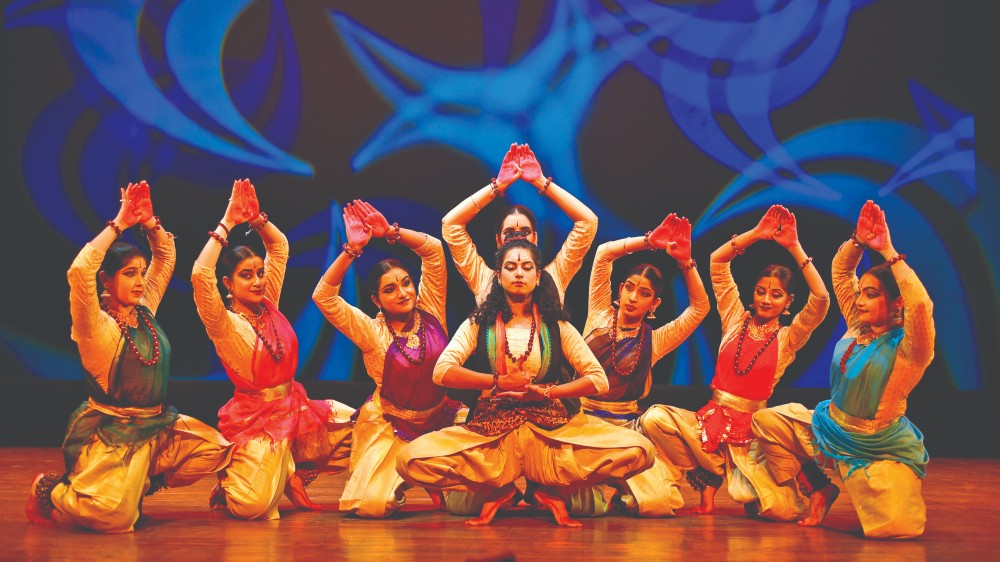Dance to words: Non-profit to stage amalgamation of classical dance
In conversation with DT Next, Kanaka Sudhakar, dancer and founder of Sunaina, talks about the performance, the choreography, the dancers, and other projects.

CHENNAI: Sunaina’s (Society for the Upliftment of National Arts of India) latest production, The Legends of Jyotirlingam is a two-hour dance drama depicting the 12 mythological stories of Jyotirlingam through 8 classical dance forms and folk dance, which will take place at the TEACH Auditorium today. In conversation with DT Next, Kanaka Sudhakar, dancer and founder of Sunaina, talks about the performance, the choreography, the dancers, and other projects.
Why did you choose to perform the mythological stories of Jyotirlingam?
» I choose the mythological stories of Jyotirlingam because it is a symbol of national integration with Shiva as the central figure. He is a dancer and in this dance event, all the classical dance forms are used to depict the story of the 12 Jyotirlingam.
Why did you decide to stage all the stories and not just choose one or two?
» Staging all the stories is an attempt to show national integration as the Jyotirlingam arises from north to south and from east to west. Depicting all 12 stories will give me a chance to showcase the wide variety of culture, music and costumes of India in one show.
How was the process like envisioning these stories and choreographing them for the stage?
» What intrigued me was the appearance of Shiva in each scene. I knew that it had to be made special and the catch was that the 12 stories along with Maheshwara Sutram had to be finished within 2 hours. The music of this production had to be different yet aligned. Athul Kumar, the music director, was able to produce the extraordinary piece for the production with inputs of how I wanted it to be. Especially for segments like- the creepy forest in Bhimashankar, the Daruka vanam in Nageshwar, the half-consumed Soma, the growth of the Vindhya, the waves, the beam of light in Vishweshwar, the fall of the Ganga in Trimbakeshwar, and the passage of bull under Bheema’s legs. These scenes also challenged me in the choreography.
How do you think the eight classical forms of dance work together to narrate the story you are wishing to convey?
» Every classical style has its own glamour and feature and in this Natyam, I used Kathak for Somnath and Trimbakeshwar. It was wonderful amalgamating it with Bharatanatyam to show the flowing Ganga. I used Odissi in Tandav style to convey raudra ras in Mahakaleshwar and in lasya to convey the moksha roop in Vishweshwar. The energetic Bharatanatyam movements in Rameshwaram and Omkareshwar were challenging. Here I have used the rare Manipuri thang-ta where Siva as Bhimashankar destroys Bhimasura. I also employed contemporary ballet to show Nagnath subdue Daruka and freestyle where Siva in joy abandoned dances with the Pandavas. Together all these different dance forms gave the Natyam a very interesting appeal.
How was it working with the dancers?
» The dancers were very excited about this project and have given their full 100%. Every dancer’s full capacity has been utilised whether jumping, whirling, enraged or showing compassion or humour
What is next for Sunaina society?
»We are planning to create a production in evolution with a touch of mythology through the dasavatara.
Visit news.dtnext.in to explore our interactive epaper!
Download the DT Next app for more exciting features!
Click here for iOS
Click here for Android



